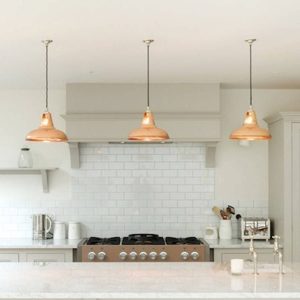
How to Build the Best Furniture Stores for Millennials

Millennials are a hugely important audience for furniture retailers, as this generation represents the largest group of buyers with a tremendous amount of purchasing power. In fact, millennials account for hundreds of billions of dollars worth of purchases in the home furnishings industry each year. Furniture shoppers who do not adjust their shopping habits to meet the needs of this younger demographic risk falling behind in a competitive market. This article will explore some of the key changes and trends millennials are introducing to the furniture marketplace and offer a few tips on how your ecommerce store can best cater to this growing group of consumers.
Unlike previous generations, millennials tend to be more budget conscious when it comes to their home furniture. As a result, they tend to avoid large-scale investments and favor pieces that are compact, multifunctional, or integrated with technology. This makes it particularly important for furniture retailers to focus on marketing urban and apartment friendly designs in addition to more traditional pieces.
When shopping for furniture, millennials are also big comparison shoppers. In fact, they will often research their potential purchase at a number of different stores and on social media before making a decision to buy. This means it is essential for furniture retailers to have omnichannel capabilities that allow shoppers to easily transition between online and brick-and-mortar shopping experiences.
This generation is highly environmentally conscious and prefers brands that share their values. They also have a tendency to value simplicity, so brands with clean lines and modern designs are likely to resonate well with them. Additionally, millennials are tech-dependent and prefer furniture that has built-in tech considerations like desks with cable management systems to keep wires out of sight and organized, or media furniture that includes space for the latest streaming devices.
Another factor to consider when catering to millennials is their preference for unique or one-of-a-kind pieces. This generation has a lot of creativity, so it is important to capitalize on that by offering customization options for your furniture. For example, some manufacturers allow millennials to choose the color of their upholstery, while others have created pieces with built-in hidden storage or adjustable shelving that can be customized to fit each consumer’s needs.
While Ikea was voted the top furniture brand among millennials, it is important to remember that this generation is more likely to shop at multiple stores when buying furniture than previous generations were. In order to capture this shopper base, it is essential for your ecommerce site to offer an expansive and functional online catalog that allows users to view and compare furniture from a wide range of manufacturers.
West Elm is a great example of a retailer that offers a comprehensive catalogue while still providing an excellent in-store experience. The company carries furniture from its in-house design team as well as exclusive capsule collections with outside designers. In-store, the brand has plenty of salespeople to help shoppers find what they are looking for and a room builder feature that helps shopper create rooms to see how their furniture will look. Lastly, the brand is always running deals and promotions to keep its inventory attractive to millennials.


